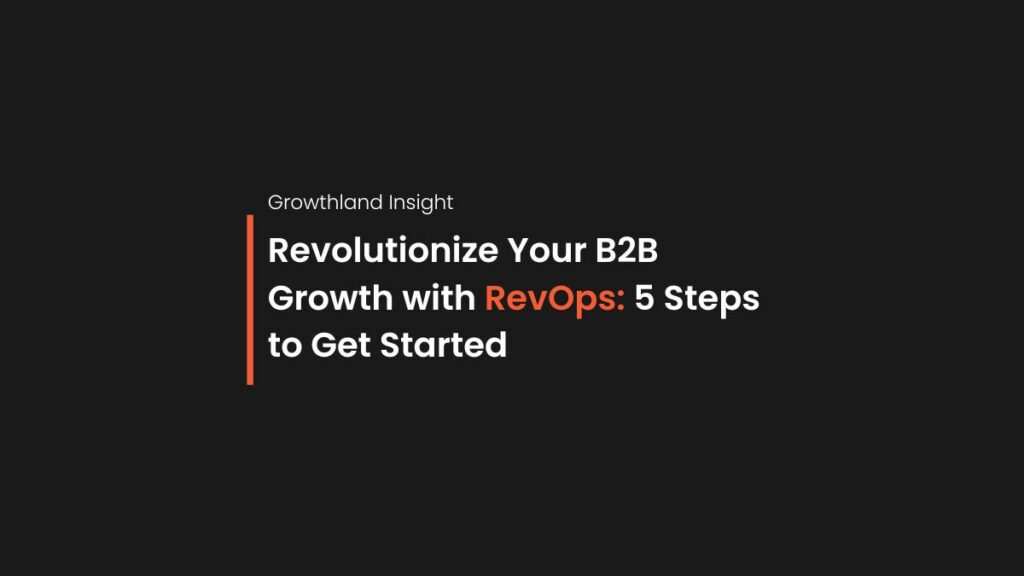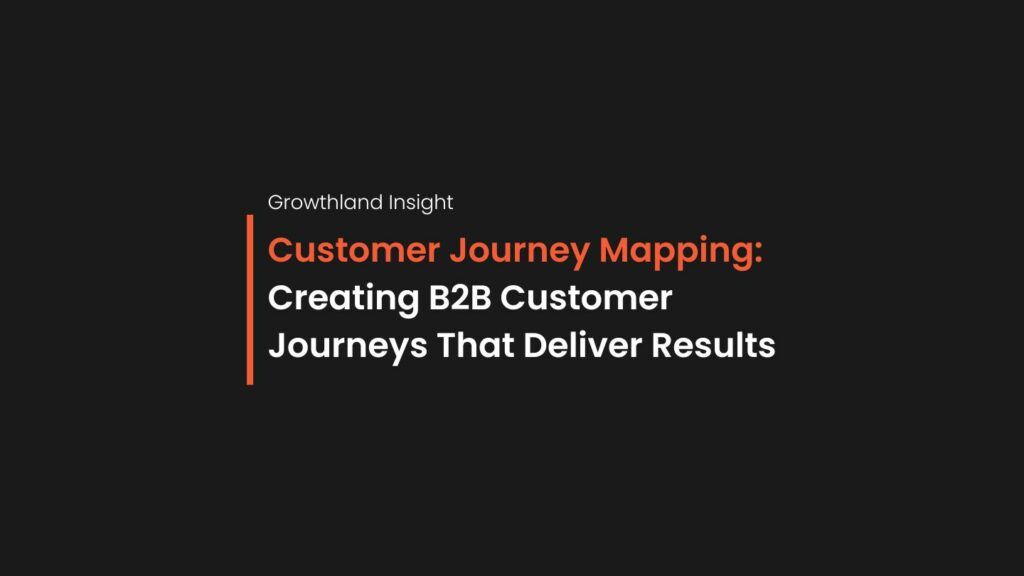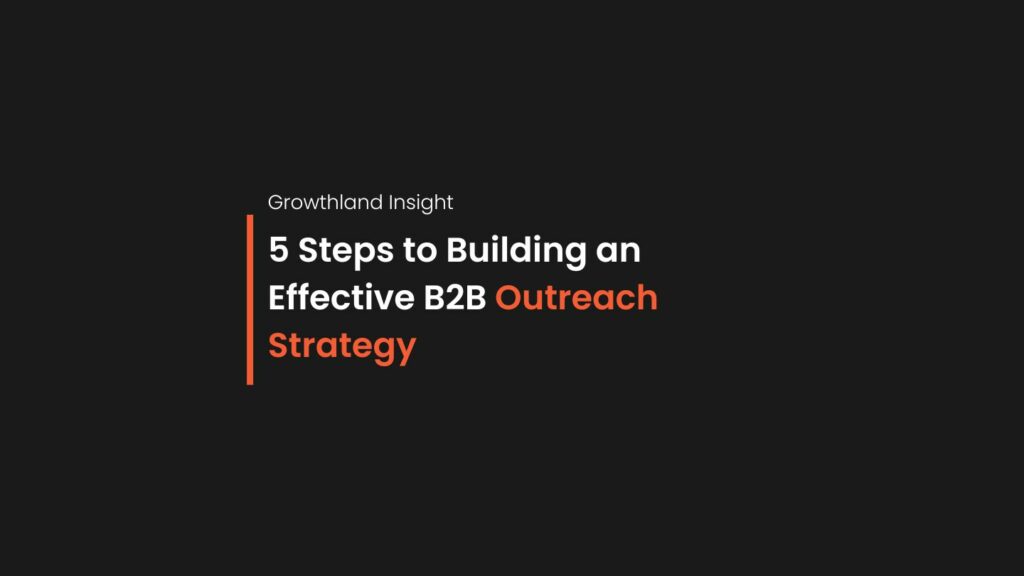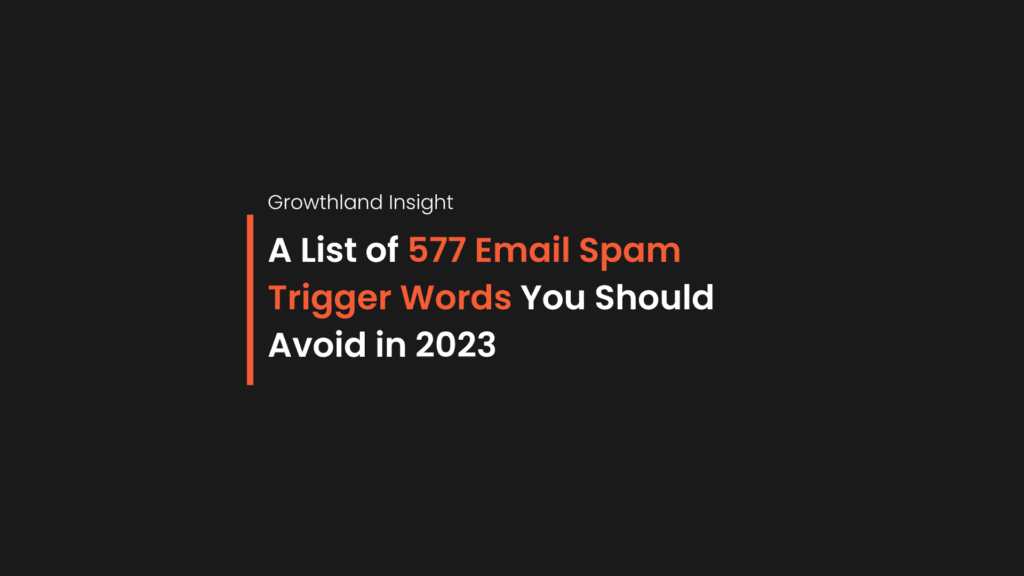Is email outreach dead?
Nope.
But its effectiveness depends a lot on the way it is done.
That’s why I wanted to share our growth hack recipe for email outreach best practices. When done right, cold email outreach is by far the most effective way to get new B2B clients and do ABM properly.
Back in the day, cold emailing used to be super simple. You just wrote an email template, copy-pasted it to an email campaign tool like Mailchimp, and shot it to a cold list scraped from the web.
But if you did it like that today, your list would have a lot of bouncing addresses, open rates would suck hard, and you would be banned from the platforms instantly. And also, it is pretty unethical to just randomly spam people. Don’t do that; it’s not cool.
But there’s a better (and not-spammy) way to reach out to new potential clients, which is the way we do it. We use this recipe daily in NA and EMEA markets and constantly get way over 30% open rates with above 5% CTR. It is also GDPR-friendly (for EU business decision-makers, not B2C customers, obviously).
What Is Email Outreach?
Email outreach is the process of building relationships with potential customers through email.
By sending personalized, relevant messages to individuals and companies, you can build trust and pave the way for future sales opportunities.
Email outreach is an essential part of B2B marketing.
It allows you to connect with potential customers and partners who might not be familiar with your brand. By personalizing your messages and tailoring your approach to each recipient, you can create a strong impression and lay the foundation for a successful business relationship.
Ideally, email outreach should be overseen by a dedicated team or individual within your company.
This allows you to maintain a consistent message and avoid over-saturating your recipients with emails.
Having a solid email outreach strategy can help you achieve your sales goals and build long-lasting business relationships.

Is Email Outreach Legal?
Email outreach is a bit of a controversial topic.
Some people swear by it as an effective marketing strategy, while others argue it’s intrusive and spammy. So, is email outreach legal and ethical?
There’s no easy answer to this question.
In general, email outreach is legal if you’re not sending unsolicited emails to people who haven’t given you permission.
However, some email outreach tactics, such as emailing large lists of people without personalizing the message, can be seen as spammy.
As far as ethics are concerned, it depends on your personal opinion.
Some people believe that emailing strangers is rude and intrusive, while others see it as a perfectly acceptable way to reach out to potential customers or clients.
Ultimately, you’ll have to decide whether email outreach is something you’re comfortable with.
We see it okay, though, because our email outreach is always personalized and hyper-targeted.
What’s The Difference Between Email Outreach And Email Campaigns?
As stated above, email outreach is the process of building relationships with potential customers or clients through email correspondence.
Email campaigns, on the other hand, are email messages sent en masse in an attempt to promote a product or service.
While email outreach is focused on building one-on-one relationships, email campaigns are all about driving sales.
Email outreach typically involves sending a series of personalized emails to potential customers or clients.
The goal is to establish a rapport and build trust. Once a relationship has been established, you can then start promoting your product or service.
Email campaigns, on the other hand, tend to be more impersonal. They’re usually sent to large groups of people all at once and often include promotional offers or discounts.
Both email outreach and email campaigns can be effective marketing tools.
Which one you choose will depend on your goals and target audience.
Suppose you’re looking to build relationships and drive sales. In that case, a combination of both email outreach and email campaigns is likely your best bet.
How to write cold emails that convert?
Email outreach can be a great way to connect with potential customers and promote your business.
However, it’s essential to follow these email outreach best practices to ensure your email stands out from the rest.
Here are a few tips:
- Keep it short: Long emails are likely to be skimmed or ignored entirely. Get to the point quickly and use concise language. We recommend max. 200-300 words.
- Personalize it: Generic email blasts are less likely to be successful. Address the recipient by name and say why you’re emailing them specifically.
- Offer value: What can you provide that would be of interest or use to the recipient? Whether it’s a helpful article, a discount code, or access to exclusive content, make sure there’s something in it for them.
- Call to action: Include a clear call to action so the recipient knows what you want them to do next. Whether it’s subscribing to your newsletter, visiting your website, or making a purchase, make it easy for them to take the next step.
By following these simple tips, you can write cold emails that convert.
Here’s The Growth Hacker’s Recipe For Email Outreach Best Practices (7 steps):
- Generate an ICP email list. We use Linkedin’s Sales Navigator to prospect and AI to widen our prospect list and produce variations of possible emails.
- Clean the list with a bounce-checking tool like Neverbounce.
- Warm-up your email account so that your emails go to the primary inbox and not to spam or categories. You can do this manually (free) or use a tool (not free :D). Remember to ensure your DKIM, SPF, and DMARC are set up correctly.
- Write at least two email text variations and follow-up emails (for A/B testing and sequencing).
- Upload your list to your preferred email outreach tool and activate your A/B testing sequences.
- Make sure that the links in the email are UTMs so that you can monitor your traffic (and its quality)
- Start your email campaign, moderate, and enjoy the results.
And there you go, these are the growth hacker’s email outreach best practices. It’s really that simple. 🙂 Let us know on Twitter if you have any questions, and feel free to follow if you want to see more growth hacking recipes like this.
Don’t want to do this yourself? No worries, we can do email outreach for you. Check our pricing and drop a meeting request.






